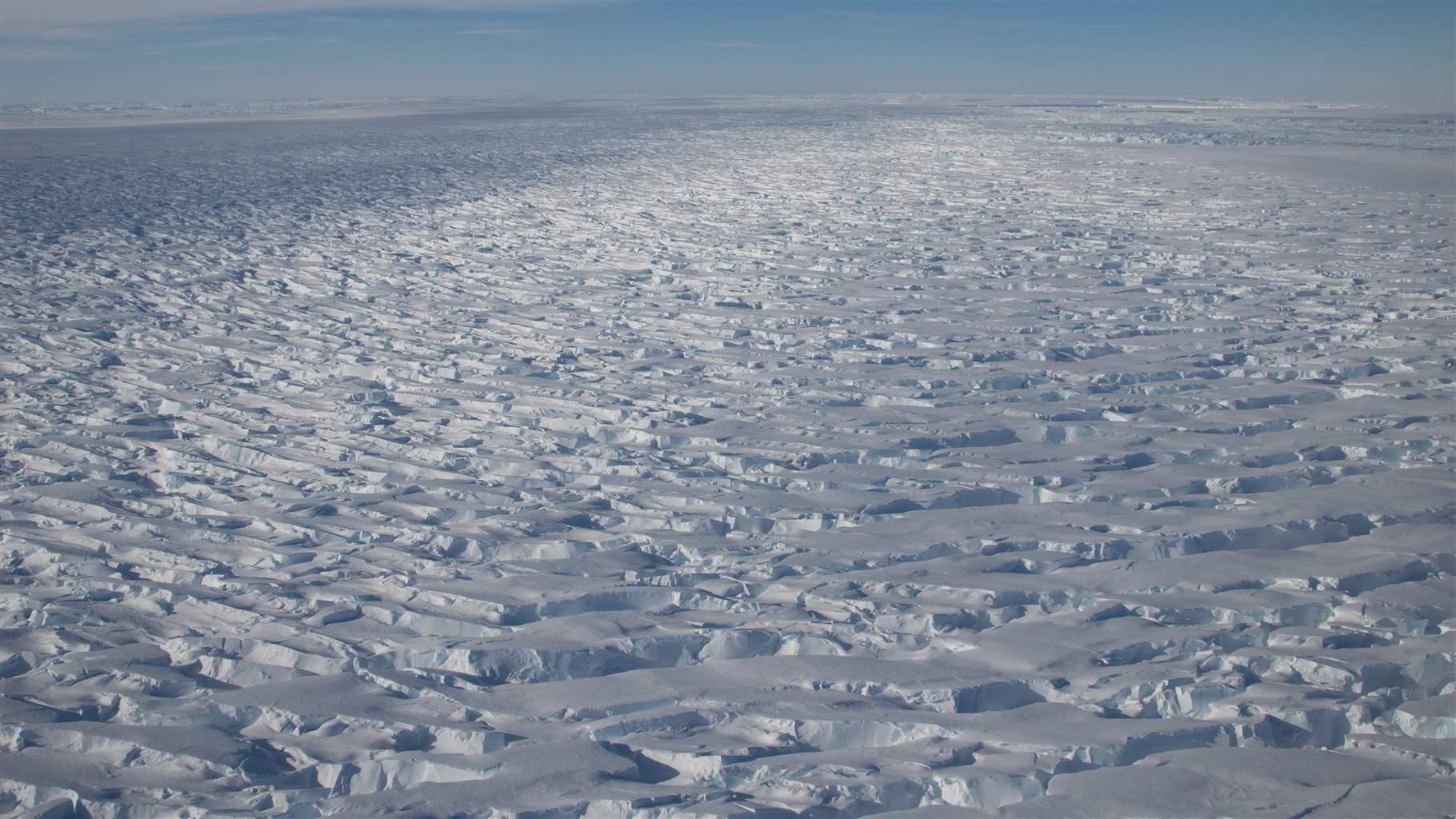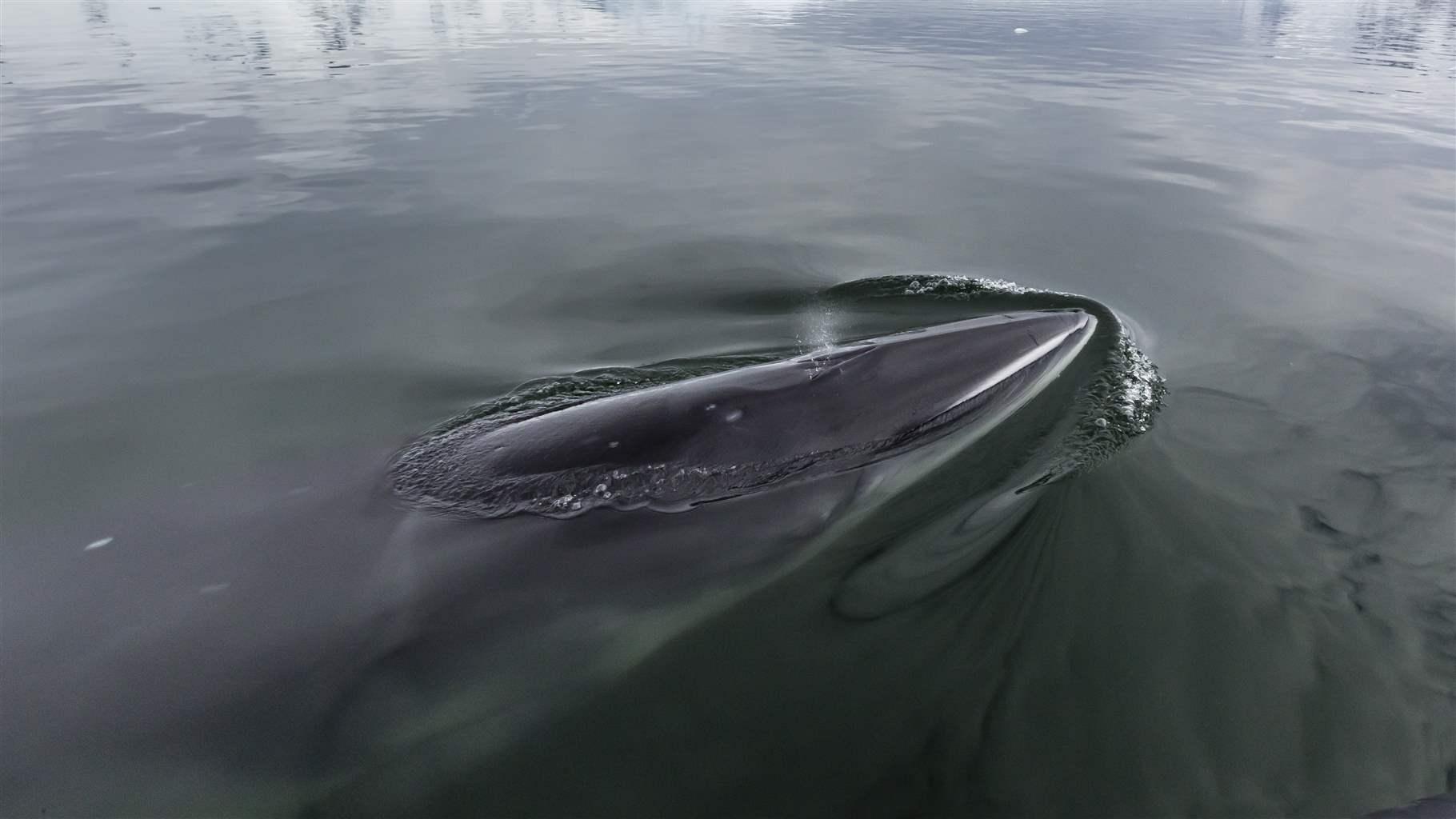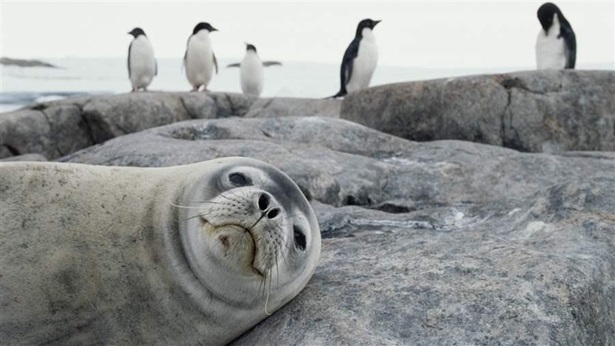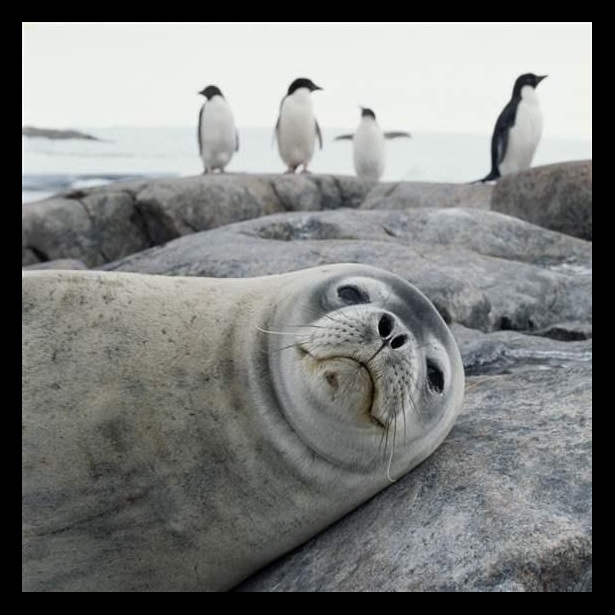Retreating Glacier in Antarctica Could Double Global Sea-Level Rise by 2100
A new Southern Ocean protected area could help marine life weather the impacts of climate change

Recent scientific models showing that the hastened melting of Antarctica’s Thwaites glacier could cause catastrophic sea-level rise in this century prompted the United States’ National Science Foundation and the United Kingdom’s Natural Environment Research Council to launch a major collaborative effort to study the glacier and its resiliency to climate change. The predicted impacts could have major consequences for marine life in the Southern Ocean, and for ecosystems and people far beyond there: Thwaites already accounts for around 4 percent of global sea-level rise, and satellite measurements show that its rate of ice loss has doubled since the 1990s.
Many studies show that the Antarctic and Southern Ocean ecosystems are already experiencing the effects of climate change. This U.S.-U.K. research will gather large volumes of data on Thwaites’ rate of retreat and changes in the surrounding ecosystems in an attempt to determine precisely how much the glacier will contribute to sea-level rise in this century.
One way to help ecosystems build resilience to these impacts and safeguard carbon stores is to establish a network of marine protected areas (MPAs) around Antarctica. Marine reserves can also serve as critical reference areas where scientists can observe how ecosystems are responding to climate change without factors—such as commercial fishing—that might skew the data. A network of Antarctic MPAs also would preserve connectivity among the unique ecosystems of the Southern Ocean, giving marine life contiguous areas for migration, breeding, and foraging, and significantly contributing to global ocean protection targets.
In 2011, the 25 member governments that make up the Commission for the Conservation of Antarctic Marine Living Resources (CCAMLR), which is tasked with protecting the Southern Ocean’s biodiversity, pledged to create this MPA network. Those governments took a huge first step in October 2016 by establishing the Ross Sea region MPA, the largest protected area on Earth and the first large-scale reserve on the high seas.
Prudent next steps toward the network’s completion would be for CCAMLR to designate MPAs in the waters off East Antarctica, a proposal that has been discussed since 2011, and in the Weddell Sea and the Antarctic Peninsula. But CCAMLR members should also keep in mind the threat that the melting of the Thwaites glacier poses to the western side of the continent. There is no proposal for an MPA in the Amundsen-Bellingshausen region, where the glacier is located, even though it is one of the nine regions where CCAMLR committed to develop protections. Such safeguards in Western Antarctica could help mitigate the effects of climate change on the region.
By building a network of marine reserves in Antarctica, CCAMLR member governments can show that they are heeding scientific evidence and acting to protect one of Earth’s last remaining wild places, in an effort to benefit ocean life in the region in the face of a quickly receding Thwaites glacier.
Andrea Kavanagh directs The Pew Charitable Trusts’ Protecting Antarctica’s Southern Ocean campaign.















